Japanese Hansatsu - The Hoju Icon
Wish Granting Jewel of Buddhist Iconography

On many Hansatsu banknotes you will find images of objects printed on them which are commonplace in the Japanese culture, but often unfamiliar to many of us. One of these is a rounded teardrop object that is depicted again and again. This is the Wish Granting Jewel, known in Japan as the hōju 宝珠 or the hōju-no-tama 宝珠の玉 and its importance in Japanese culture, folklore and religion is reflected in the abundance of its depictions on Hansatsu.
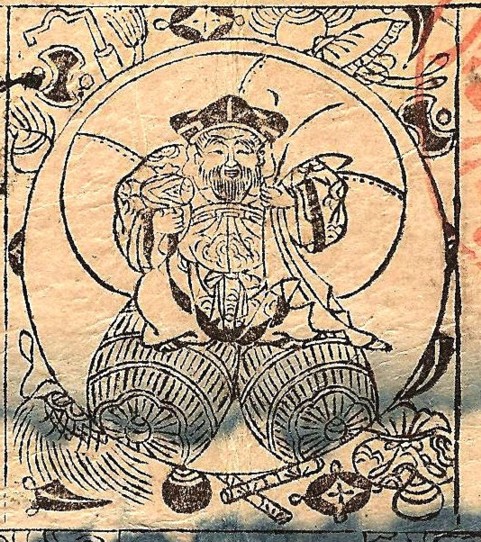
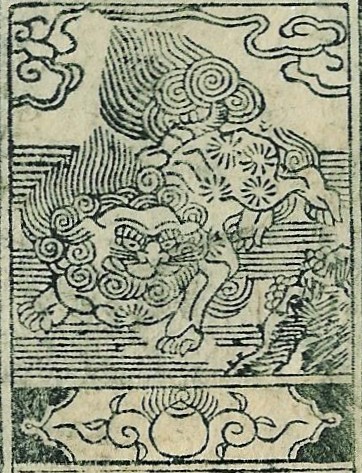
The hoju is depicted in many ways, often alone, but also in groups of three, and sometimes there is a flame that engulfs the jewel, which is then known as the kaenhoju 火炎宝珠 . When grouped together in three, the jewels are then said to represent the Three Jewels of Buddhism: The Buddha, Dharma: Buddhist law, and Sangha: Buddhist society.
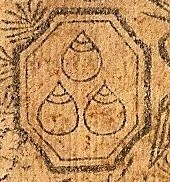
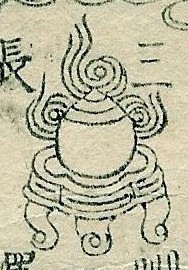
The Hoju’s importance lies in what it is supposed to do. It is said to be able to impart full understanding of Buddhist law (the Dharma), quell desires, bestows blessings on those who are suffering, and grants wishes. Most importantly, the Wish Granting Jewel has been a metaphor of Buddha’s core virtues: non-attachment, benevolence, and understanding.
Wish Granting Jewels were not confined to Japan. They were made throughout Asia in Buddhist communities. It originated in India, where it was originally said to have been taken from the head of a great fish known as Makara (Sanskrit meaning Water Monster) that are the guardians of gateways and thresholds. The Makara was usually depicted as having the front park of a mammal, and the rear part of a fish or sea serpent. Often times the mammal is shown as a human female, in which case it would be the goddess Ganga. Makara, or Water Monster at right. The Ganges River in India is considered by Hindus to be the personification of the goddess Ganga.
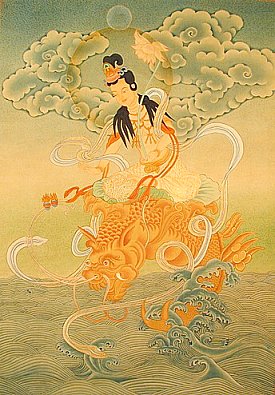
In addition to Hansatsu, the Hoju can be seen throughout Japan in many places. It is represented in works of art, such as paintings and in Japanese calligraphy, and is often seen on bridges (known then as Giboshi 擬宝珠 ), lanterns, on temple roofs, and on statues it is often held in their hand.
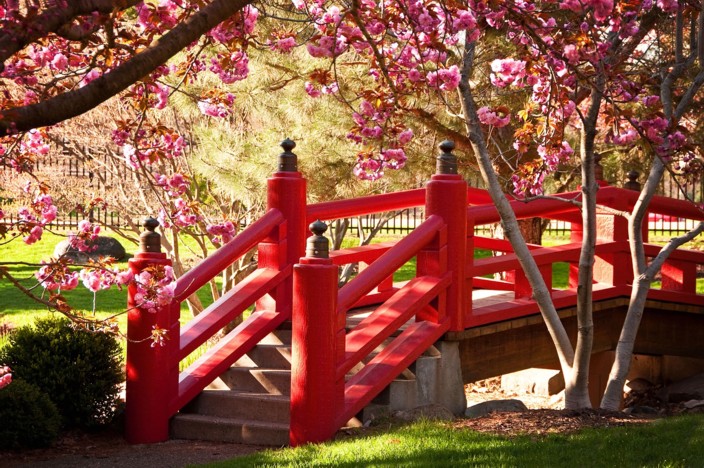
Though it is harder to see in the example below, Bishamon, one of the Seven Lucky Gods, is holding a Hoju. He is usually holding a small tower with incense in his hand, which represents a stronghold of the Buddhist faith and the treasure tower of wealth.
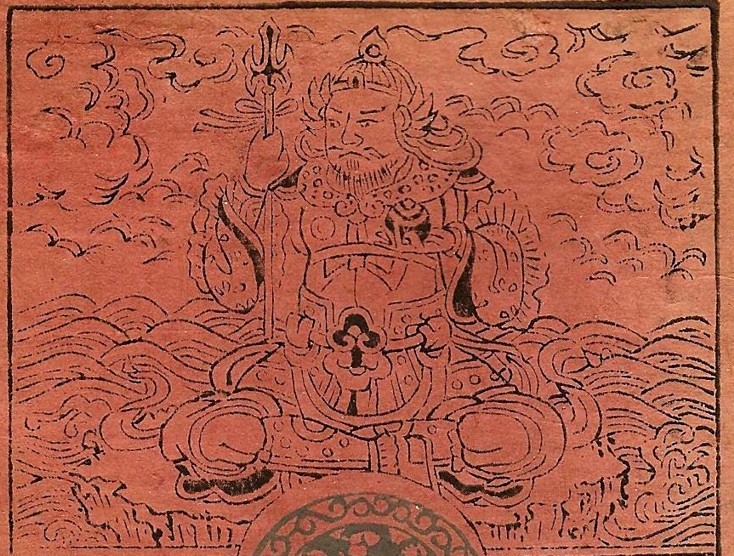
Daikokuten, one of Japan’s Seven Lucky Gods, and perhaps the most often depicted on Hansatsu, has a wish-granting jewel inside his magic mallet which he uses to bless people with coins and other gifts. For more detailed information on Daikokutien, see the following link: http://banknoteden.com/TMFOM/Japan%20Daikokuten.html

